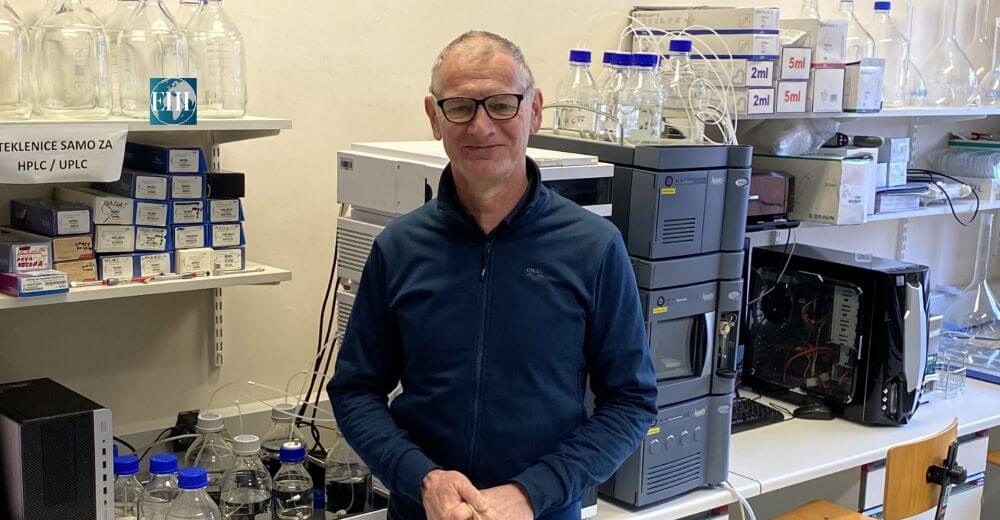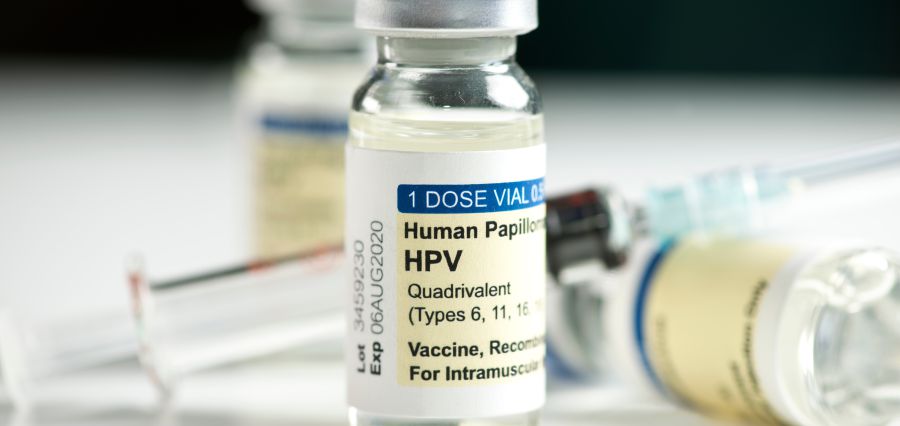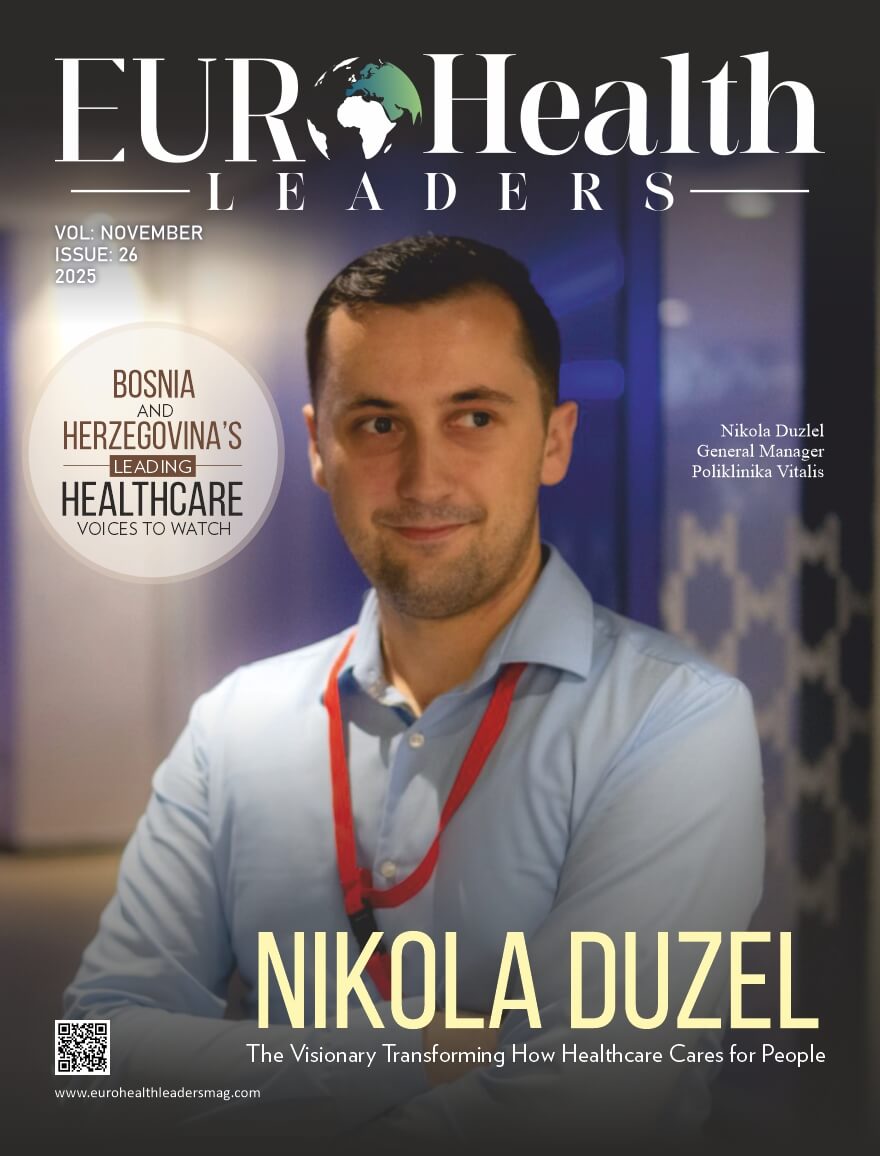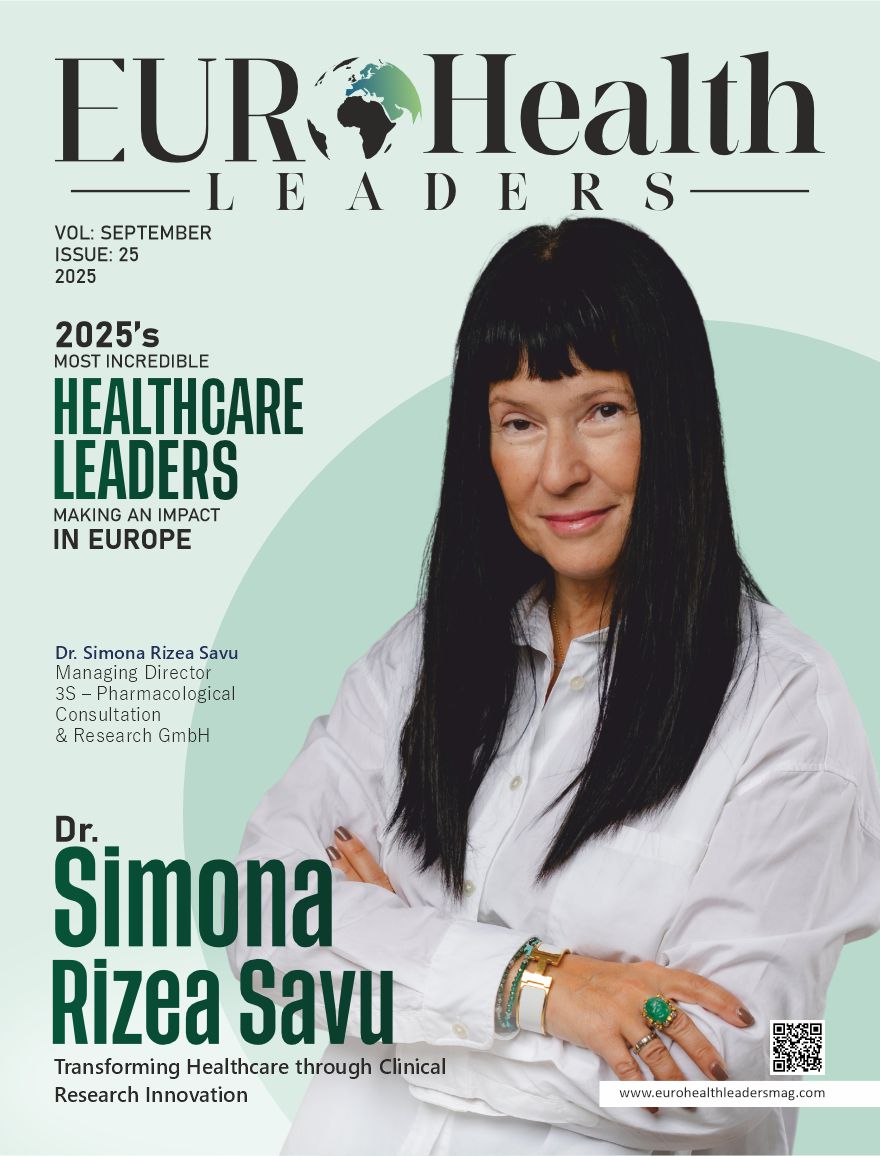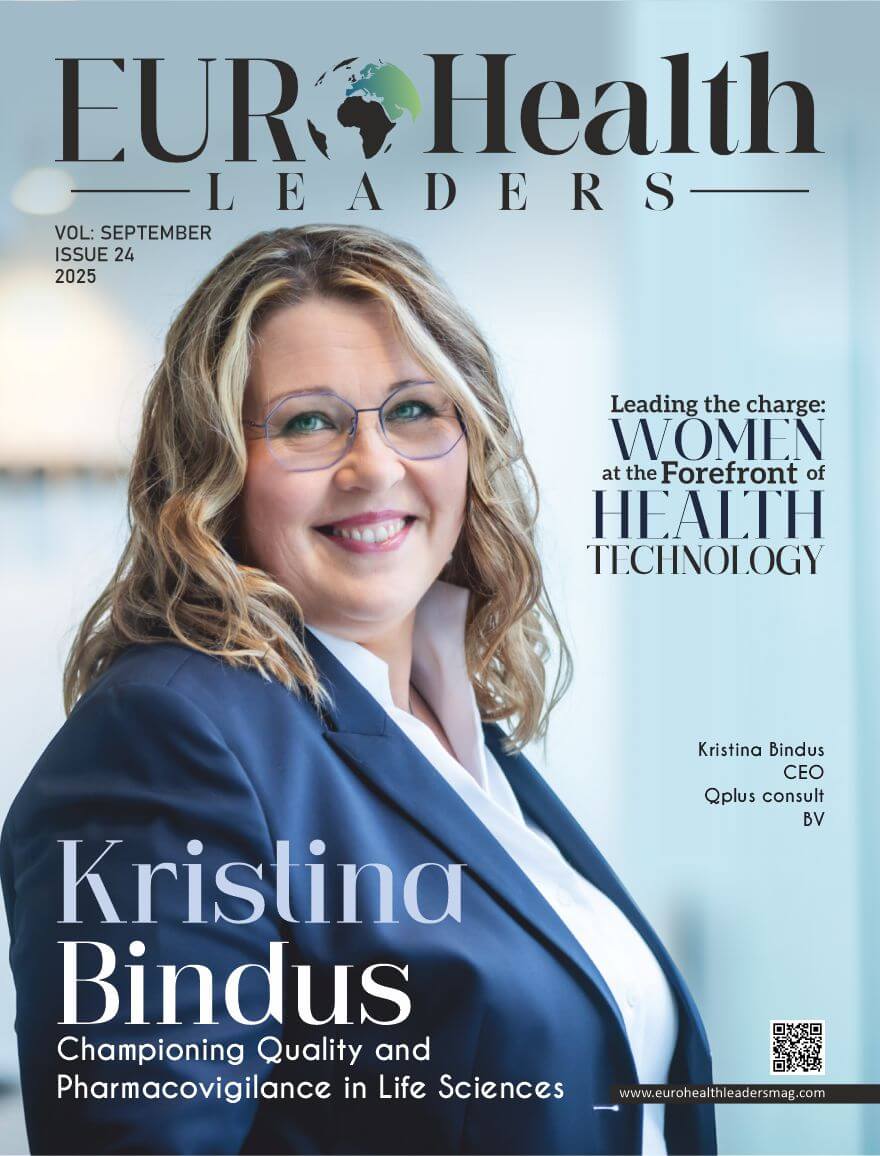From the classroom to the lab, Odon Planinsek’s career has been defined by a deep commitment to improving human health through both education and innovation. As the Main Scientist at L-Blend SIA he brings his deep understanding of drug design and pharmaceutical research together with his experience to explore the innovative field of nutraceuticals. As the Main Scientist at L-Blend SIA, he has brought his extensive experience in drug design and pharmaceutical research to the exciting field of nutraceuticals. Planinsek’s journey began as a pharmacist, where he first became captivated by the complexities of drug design. As he progressed, he dedicated a significant part of his career to teaching at Ljubljana University, where he guided students through advanced courses in Physical Pharmacy, Particle Design, and analytical methods. His drug delivery system research directed him toward studying nutraceuticals, especially regarding their disease prevention capabilities.
Planinsek believes nutraceuticals show promise as disease-preventing substances since they differ from typical medications which primarily treat symptoms. These substances provide an additional solution for sustaining long-term wellness. His dedication to innovation and disease prevention led him to L-Blend SIA so he could shape healthcare directions by incorporating pharmaceutical standards into nutraceutical products.
Let’s delve into the interview details below!
Can you tell us about L-Blend’s innovative approach to creating nutraceuticals from red wine, and how it aligns with the growing trend of condition management in the industry?
L-Blend approaches nutraceutical industry with pharmaceutical quality standards. Based on my knowledge of the pharmaceutical industry, I understand the concept of quality and its integration into products. Our goal is to develop a product in which we will prove the quality with scientific approaches. These include clinical testing and measuring wine components that are important for antioxidant activity. We avoid synthetic additives that could have adverse effects on the body and choose those that have positive effects on health.
How does your background as a scientist at Ljubljana University influence L-Blend’s research and development process?
I believe that one of the greatest achievements for a scientist is the ability to transform a discovery into a marketable product. A crucial element in this process is intellectual property (IP), which safeguards innovative ideas and significantly enhances the chances of success. Pharmacists, in particular, are well-versed in this area, as the pharmaceutical profession is one of the fields where patents are most prevalent, second only to electronics. In my own career, I have had the privilege of being a co-author on several granted patents. Many of these were the result of collaborations with the generic pharmaceutical industry, which is quite robust and well-developed in Slovenia. These experiences have not only deepened my understanding of the importance of IP but also highlighted the value of interdisciplinary cooperation in turning scientific ideas into tangible, impactful products.
With the nutraceutical market expected to reach $404.8 billion by 2025, how does L-Blend plan to differentiate itself in this competitive landscape?
L-Blend is an innovative food product in the form of a powder that offers several unique advantages over competing products. Unlike other nutraceuticals containing antioxidants, this product is derived from wine, which contains a rich spectrum of antioxidants that work synergistically. These antioxidants are not found in such combinations anywhere else, except in non-alcoholic wine. Due to synergy, a complex of wine polyphenols tackles 3 important mechanisms of cardiovascular diseases and aging in general: chronic inflammation, oxidative stress and decreased aggregation of thrombocytes. L-Blend already demonstrated in cell-based model superiority vs individual wine polyphenol – resveratrol. This experiment demonstrated the value of the whole wine matrix, compared to the individual compounds.
However, our dehydrated wine granules—created by removing water and alcohol from wine—offer even more benefits. Diet fibers from added excipients not only preserve polyphenols during drying process, but also smooth glucose peaks after meals, making L-Blend wine powder an optimal solution for people with metabolic syndrome, as one of the underline conditions of cardiovascular diseases. The product is lightweight and portable, making it easy to carry at all times. It also delivers a more authentic wine-like taste compared to non-alcoholic wine. Most importantly, it contains higher concentrations of antioxidants, including well-documented levels of the most representative compounds, making it a superior choice for health-conscious consumers. Our patented L-Blend technology sets our product apart, giving it a distinct advantage in the fragmented nutraceuticals market by combining convenience, taste, and superior nutritional value.
Personalized nutrition is a major trend for 2025. How is L-Blend incorporating this concept into its product development strategy?
Antioxidants in wine are a complex mixture of many bioactive compounds, primarily derived from the grapes used to make the wine. These antioxidants contribute to the health benefits often associated with moderate wine consumption, particularly red wine. At this stage, it is difficult to correlate the amount and type of antioxidants present in dehydrated wine with the antioxidant needs of an individual. On the other hand, our product does not contain sugars and is suitable for diabetics. However, we need to be cautious about the correct dosage of antioxidants for certain groups of people, such as those exposed to high levels of environmental toxins, smokers, or individuals with chronic illnesses.
Can you elaborate on L-Blend’s dehydration and dealcoholization technology? How does it contribute to extracting beneficial compounds from wine?
Drying wine is easy. However, it is complicated to achieve this without adding excipients to obtain a powdered product. The drying process we use is very mild and preserves the structure of the molecules dissolved in the wine. We only lose certain volatile components, which play a crucial role in defining its aroma, flavor, and overall sensory experience. By using suitable excipients in the right proportion, we manage to protect most of the wine’s ingredients by encapsulation. Naturally, the product is completely free of alcohol.
As regulatory oversight increases in the nutraceutical industry, what steps is L-Blend taking to ensure compliance and maintain consumer trust?
Our primary objective is to maintain consistent and high-quality standards for the products we develop. To achieve this, we are employing advanced analytical methods, such as high-performance liquid chromatography, to accurately determine and quantify individual antioxidants in our samples. This approach allows us to generate detailed data on the spectrum of antioxidant substances present in wine, ensuring a comprehensive understanding of its composition.
The findings from our chemical evaluations of wines and granulates derived from them will be documented and published in scientific literature, contributing to the broader knowledge base in this field. Furthermore, we will apply the same rigorous methodology to investigate the health-beneficial properties of our products, including their effects on platelet aggregation and anti-inflammatory activity. This systematic and scientific approach ensures that our research and development processes are both reliable and reproducible, ultimately leading to high-quality, well-characterized dissolvable nutraceutical granules.
Looking ahead to 2025 and beyond, what advice would you give to aspiring nutraceutical entrepreneurs and researchers in this rapidly evolving field?
I would like to highlight two key priorities for success in the nutraceutical industry. First, evidence-based research is critical—invest in rigorous clinical trials and scientific studies to validate health claims. A strong evidence base not only enhances credibility but also differentiates your products in a competitive market. Second, sustainability and ethical practices are increasingly important to consumers. Ensure your sourcing, production, and packaging processes are environmentally friendly and socially responsible. Transparency in these areas builds trust and fosters consumer loyalty. By focusing on these priorities, you can strengthen your brand and achieve long-term success.

